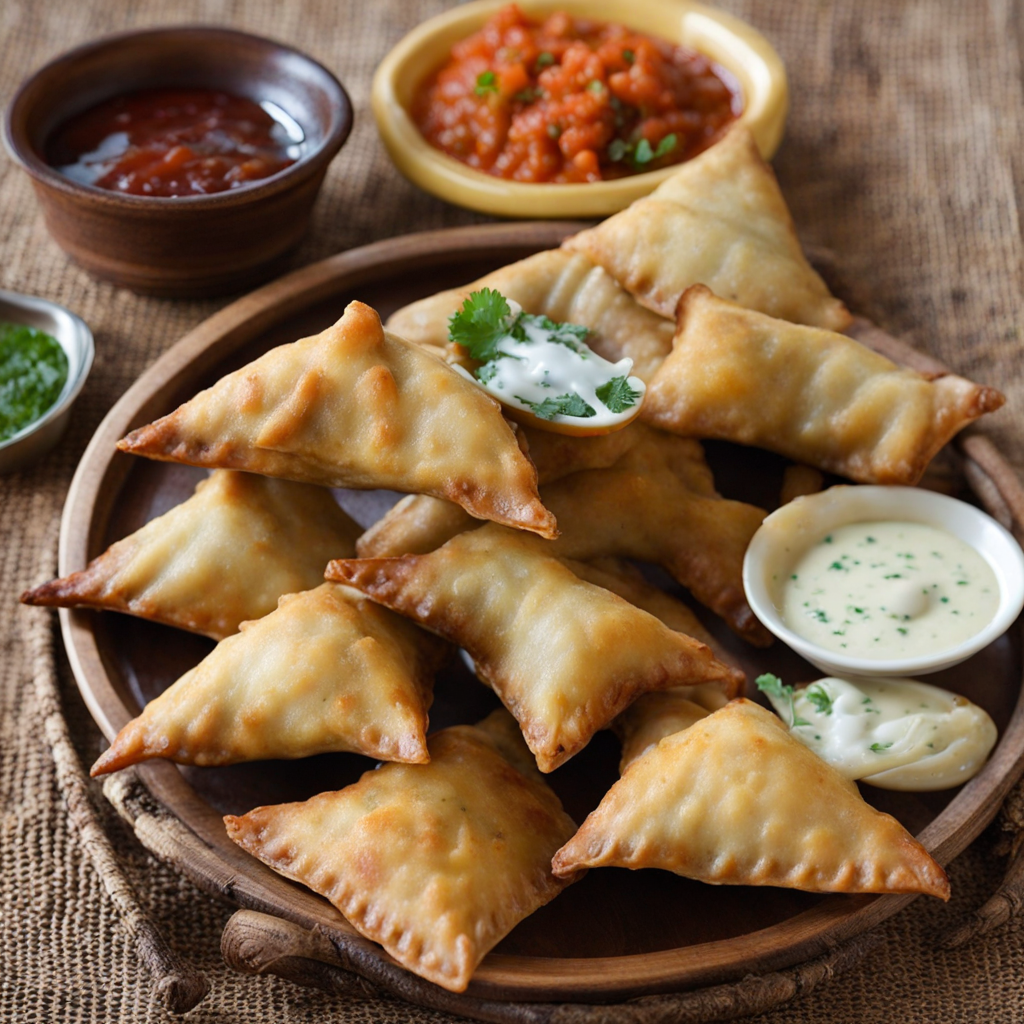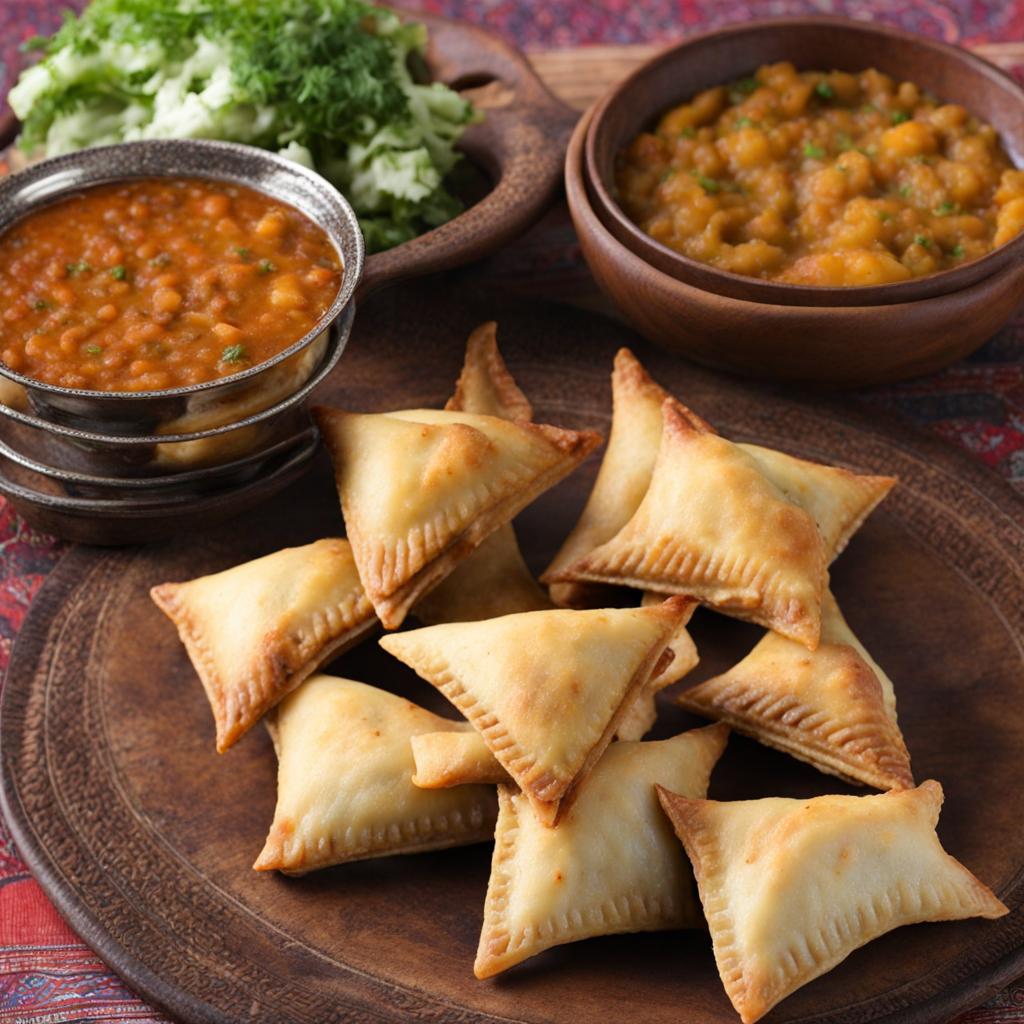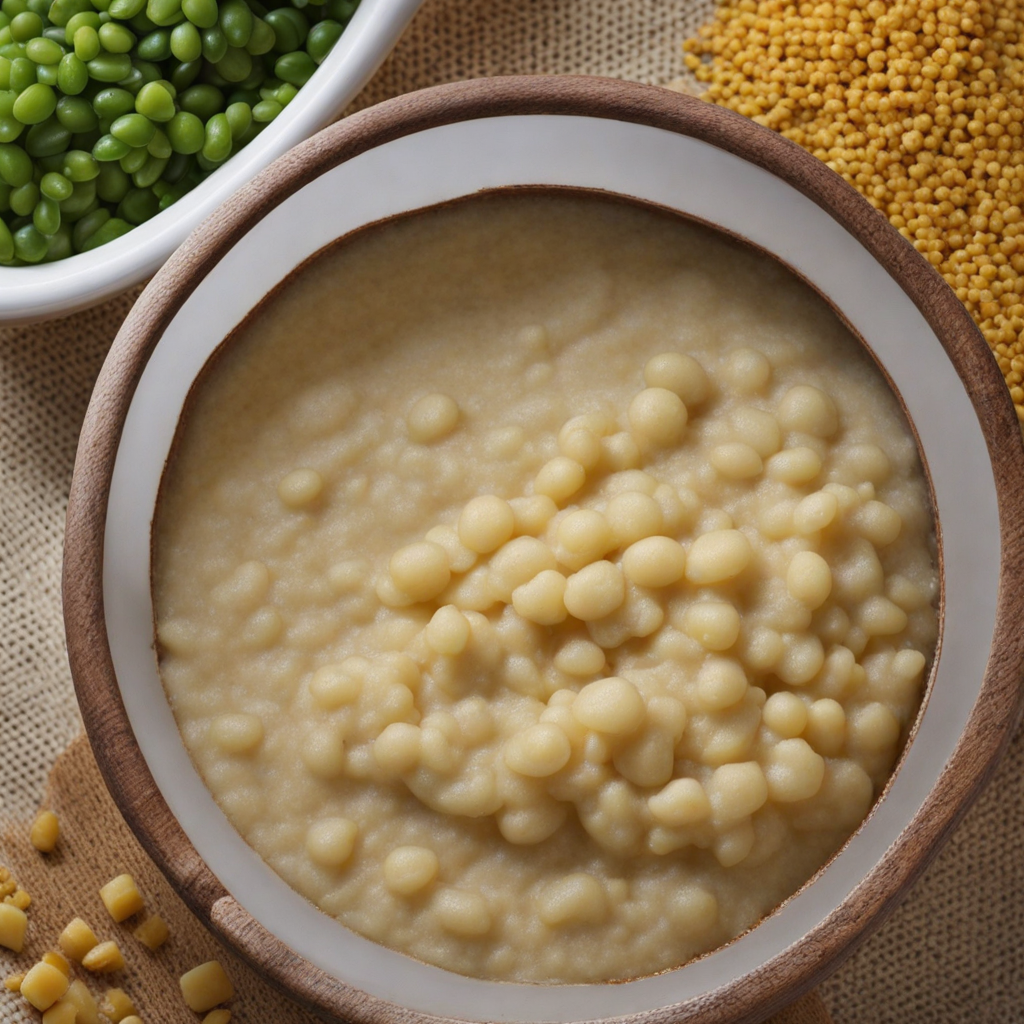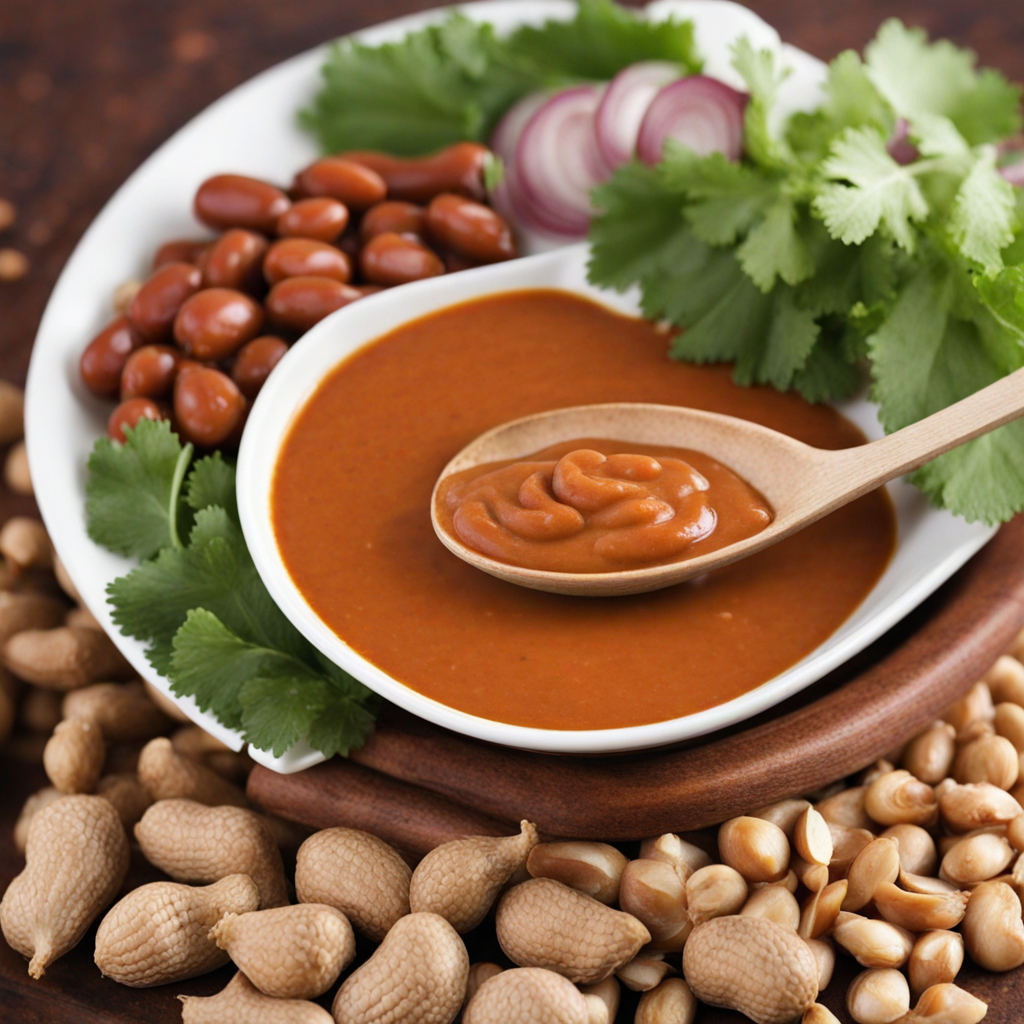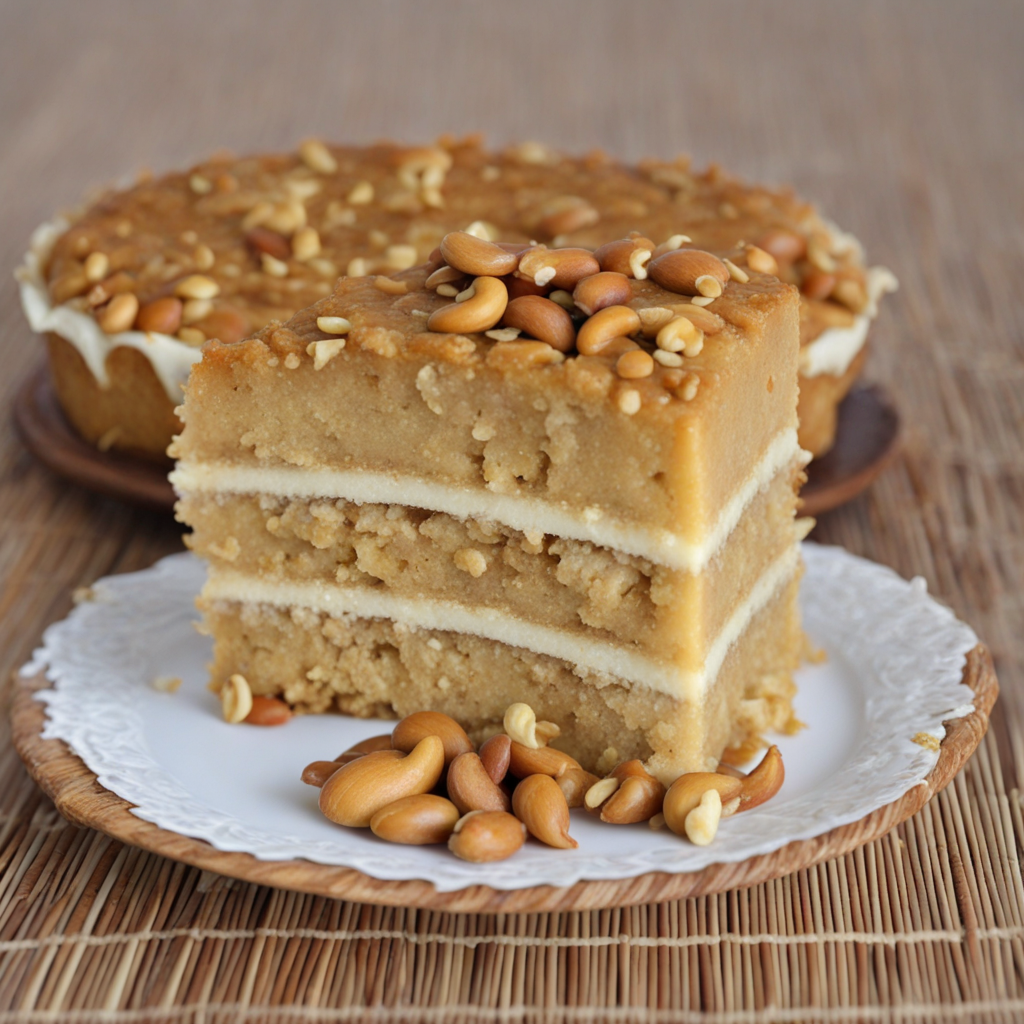Chamuças
Chamuças, a beloved snack in Mozambique, are a delightful culinary creation that showcases the rich cultural tapestry of the region. They are essentially the Mozambican version of samosas, with roots tracing back to Indian influences brought by traders and settlers in the 15th century. Over time, this dish has evolved, incorporating local ingredients and flavors to create a unique Mozambican identity. The history of chamuças is a fascinating tale of cultural exchange. The Indian samosa, a triangular pastry filled with spiced ingredients, made its way to East Africa through trade routes. In Mozambique, the dish was adapted to suit local tastes and available ingredients. The Portuguese colonial period further influenced the recipe, leading to the incorporation of flavors from both African and Portuguese cuisines. Today, chamuças are commonly found at street stalls, restaurants, and family gatherings, often enjoyed as a snack or appetizer. The flavor profile of chamuças is a vibrant amalgamation of spices and textures. The outer shell is typically crispy and golden, providing a satisfying crunch when bitten into. Inside, the filling is a savory blend of ingredients, often featuring spiced potatoes, minced meat (usually beef or chicken), and sometimes vegetables such as peas or carrots. The use of spices like turmeric, cumin, coriander, and chili powder gives the filling a warm, aromatic quality that tantalizes the taste buds. Each bite offers a delightful contrast between the crunchy exterior and the flavorful, moist filling, making chamuças an irresistible treat
How It Became This Dish
Chamuças: A Culinary Journey of Mozambique Chamuças, known in other parts of the world as samosas, are a beloved snack in Mozambique, characterized by their crispy, golden-brown exterior and savory fillings. The story of chamuças is not just one of a food item; it is a narrative steeped in history, migration, and cultural exchange that reflects the rich tapestry of Mozambique’s heritage. Origins and Influences The origins of chamuças can be traced back to South Asia, where similar pastries have been enjoyed for centuries. The earliest records of samosas date back to the 10th century in the Middle East, specifically Persia (modern-day Iran), where they were known as 'sambusak'. They were filled with a mixture of meat, spices, and nuts, showcasing the culinary sophistication of Persian cuisine. As trade routes expanded, the concept of the samosa traveled through the Indian subcontinent, where it became a staple street food, particularly in India and Pakistan. The presence of chamuças in Mozambique is largely attributed to the influence of the Indian and Arab traders who settled along the East African coast. From the 15th century onward, the Indian Ocean trade facilitated exchanges not only of goods but also of culinary practices. The Portuguese colonization of Mozambique in the 16th century further contributed to the fusion of flavors and techniques. The Portuguese, who had a significant presence in India, brought with them their own culinary traditions, creating a melting pot of influences that would ultimately shape the cuisine of Mozambique. Cultural Significance Chamuças hold a special place in Mozambican culture, where they are more than just a snack; they are a symbol of community and tradition. Often enjoyed during social gatherings, celebrations, and festivals, chamuças are a staple at weddings, birthdays, and religious events. Their popularity transcends social classes, making them a unifying food that brings people together. In Mozambique, chamuças are typically filled with spiced meat, often beef or chicken, but vegetarian versions filled with potatoes, peas, and spices are also common. The fillings reflect the local ingredients and culinary preferences, showcasing the adaptability of chamuças. The spices used in the filling often include garlic, onion, and a blend of local spices that give them a distinct flavor profile reminiscent of both African and Indian cuisines. Development Over Time As Mozambique’s history unfolded through colonialism, independence, and civil conflict, so too did the evolution of chamuças. The Portuguese colonization brought European influences into the mix, while the independence movement in the mid-20th century saw the rise of national pride, which permeated all aspects of Mozambican life, including its cuisine. Chamuças became a symbol of resilience and cultural identity, representing the blending of diverse culinary traditions. The civil war that followed independence in 1975 had a profound impact on Mozambican society, leading to food scarcity and economic hardship. Despite these challenges, the tradition of making and sharing chamuças persisted, serving as a reminder of home and heritage for many families. During this time, the recipe for chamuças was adapted to use whatever ingredients were available, leading to further regional variations. In urban areas, street vendors became key players in the chamuça market, selling them alongside other popular snacks like piri-piri chicken and grilled fish. As Mozambique began to recover and rebuild in the 1990s, chamuças found their way into restaurants and cafes, becoming more than just a street food. They were embraced by the burgeoning tourism industry, which recognized their potential to showcase Mozambique’s rich culinary heritage. Chefs began experimenting with fillings and serving styles, creating gourmet versions that appealed to both locals and international visitors. Modern Interpretations Today, chamuças continue to evolve, reflecting contemporary culinary trends while remaining true to their roots. They can be found in various forms across Mozambique, from traditional, handcrafted versions sold by street vendors to upscale interpretations served in fine dining establishments. The fillings have also diversified, with chefs incorporating local ingredients like sweet potatoes, cashews, and seafood, showcasing the bounty of Mozambique’s land and waters. In recent years, there has also been a renewed interest in traditional foods as part of a broader movement to celebrate local culture and sustainability. Home cooks and food enthusiasts are rediscovering the joys of making chamuças from scratch, often passing down family recipes and techniques through generations. This revival is not just about the food; it is about sharing stories, preserving traditions, and fostering community bonds. Conclusion Chamuças are more than just a delicious snack in Mozambique; they embody the nation’s complex history, cultural diversity, and resilience. From their origins in the Middle East to their adaptation in the bustling streets of Mozambique, they have become a symbol of identity and unity, bridging communities through their shared love of food. As Mozambique continues to evolve, so too will chamuças, adapting to new influences while maintaining their traditional essence. Whether enjoyed at a street stall during a bustling market day, served at a festive gathering, or savored in the comfort of home, chamuças remain a cherished part of Mozambique’s culinary heritage, inviting all who taste them to partake in a history that is rich, flavorful, and deeply connected to the heart of the nation.
You may like
Discover local flavors from Mozambique


